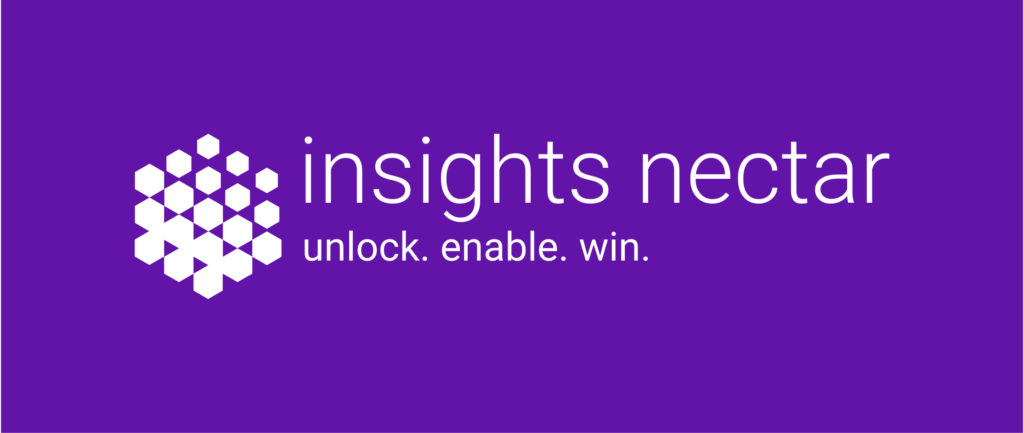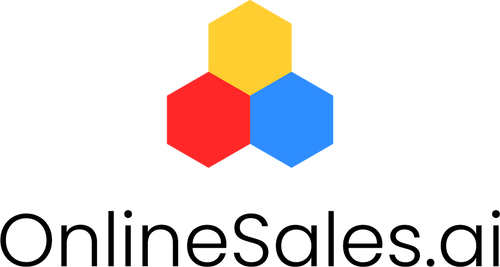Recently, I was interviewed by a leading analyst firm that tracks the customer experience, journey, and analytics space. During this discussion, when asked to speculate on the future of customer analysis, I took a deep breath and wanted to make a personal admission: I barely got through freshman statistics-back then it was commonly called “business analytics”. Little did I know then that forty years later I would still be working in the same industry. Nor, I am not an isolated case, there are hundreds of professionals, all those faced similar problems had to take business-critical decisions using a meager analysis skill set.
I know quite a few people for whom the job requires them to analyze complex information, create hypotheses, and validate theories while tussling with the difficulty of interpreting data in a reliable way. This continued struggle has kept my vision alive for a time when AI-driven tools bridge this gap by facilitating professionals’ meaningful insights from the data without being deeply knowledgeable about statistics.
Imagine how great the day will be where software does this interpretation for us, rather than us sweating and toiling to make something out of dashboards and spreadsheets. And rather than us drawing conclusions from those, we would just have an AI-powered system that processed it all for us, analyzed all the key findings, and said exactly what we needed to know in very simple terms and ways.
Considering the rapid strides of AI, this is not a far-fetched vision. We are heading to a future wherein business users can interact with software systems in a more intuitive way. Instead of manually sifting through charts and graphs, AI-driven tools will proactively answer business questions, provide contextual insights, and even prioritize recommended actions.
When the analyst I spoke with pressed me as to whether simple AI prompts would ever really replace traditional trend lines and bar charts, I told him the day may not come tomorrow, but change will be coming. It will happen iteratively, as these AI tools continue to get more sophisticated, and as users become more comfortable transitioning from conventional ways of doing analytics to AI-powered decision-making.
This would be transitional, and we are likely to start seeing hybrid user interfaces that effectively merge traditional, visually-oriented management dashboards with AI-generated executive summaries. They keep the more familiar charts and graphs but their supporting AI-explainer text gives them depth and context. This method minimizes risk by making quick comprehension of main data points quite accessible to their users.
It’s a sector in which CX is very relevant. CX professionals need to make sense of thousands upon thousands of data, like survey feedback, product reviews, and even call center conversations, summarize them, and provide recommendations. By applying AI-powered analytics, the
time taken to draw out the insights reduces drastically-for processes that may take days, it would take mere minutes. Benefits to CX professionals and the organizations they serve will be immediate and profound.Luminoso Technologies, the leading AI-driven customer analytics company, is at the forefront of this transformation. The company is currently actively reworking its software to bake in more generative AI capabilities. Over the coming months, Luminoso will release bold new updates that enhance its ability to interpret large and complex datasets, visualize key insights with easy-to-understand imagery, and generate summaries, predictions, and even prescriptive actions. These will further enable the casual user to derive meaningful insights in very short order and reduce time to insight to near zero.
That feels like a phenomenally exciting time to be in the analytics space. With AI-driven tools transforming the interface of people and data, the future of customer analytics is going to be much less about the gathering of data and more about making this truly actionable insight. The next wave of innovation in this industry has arrived, and it’s redefining how companies will understand and improve the customer experience.
This post was written by Marc Mandel



























